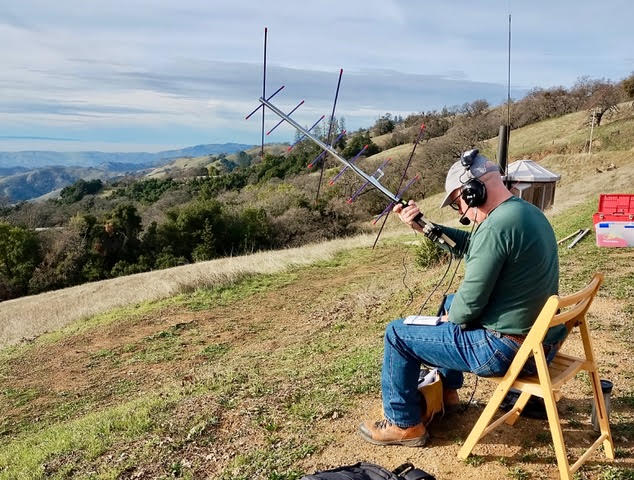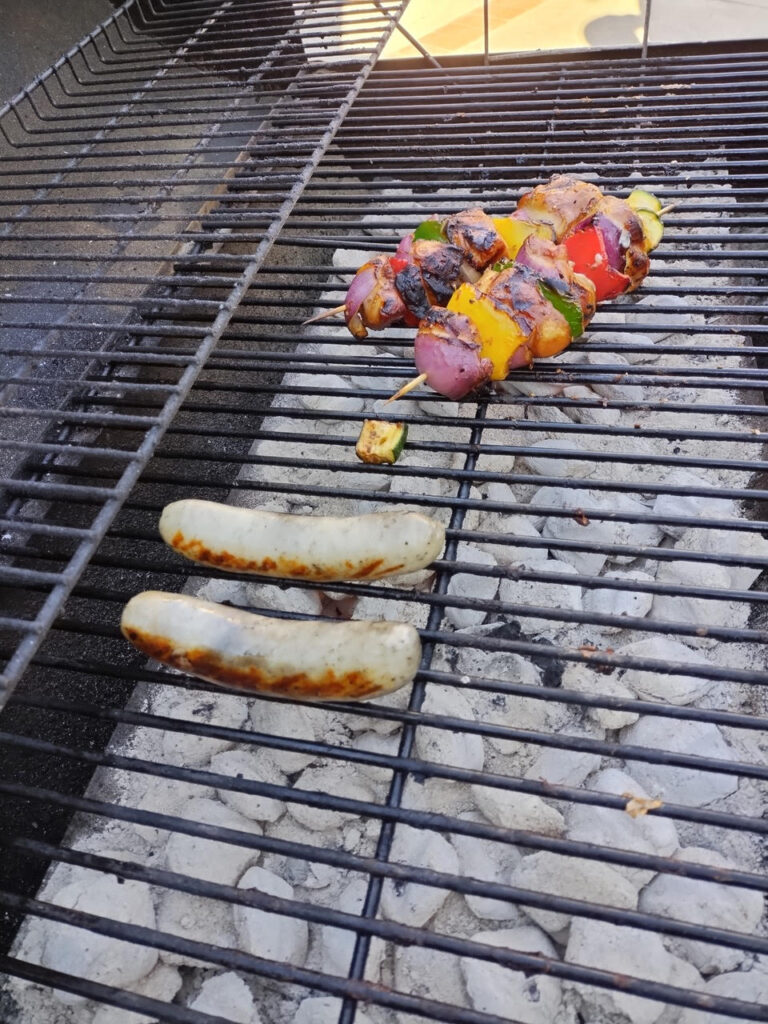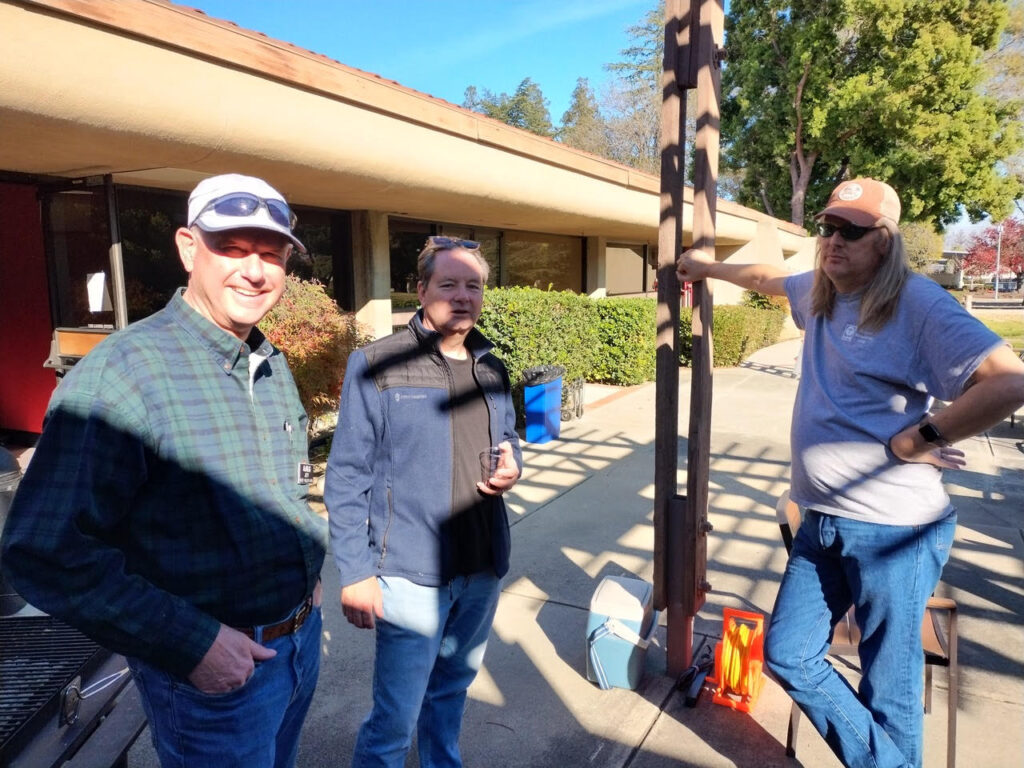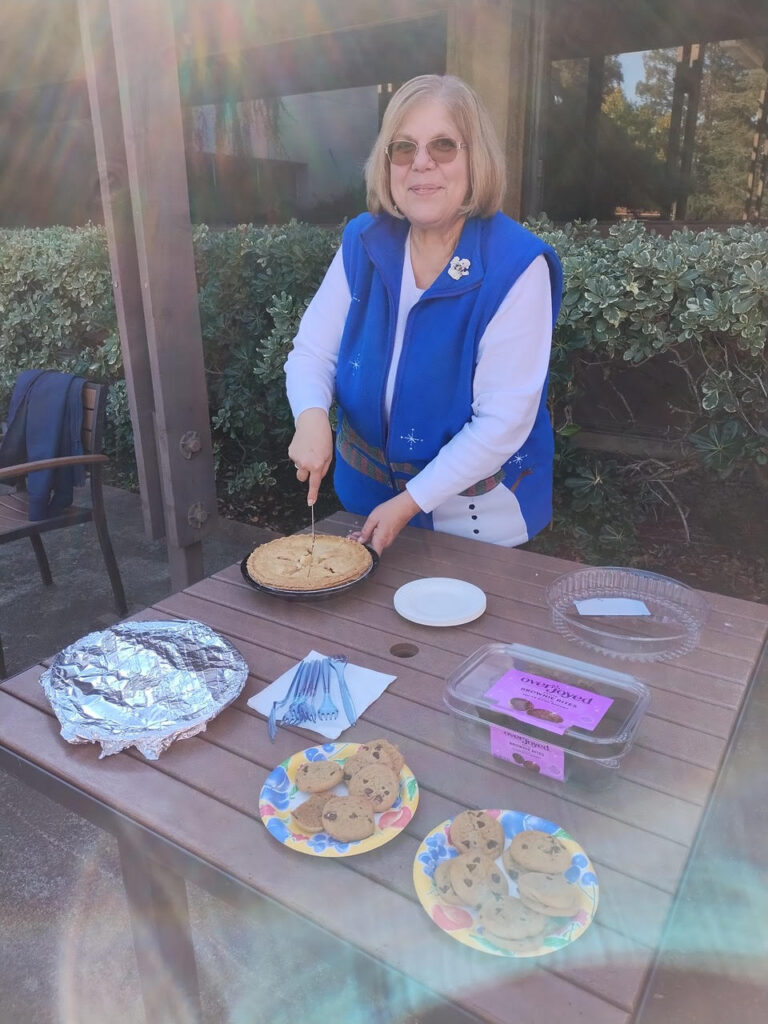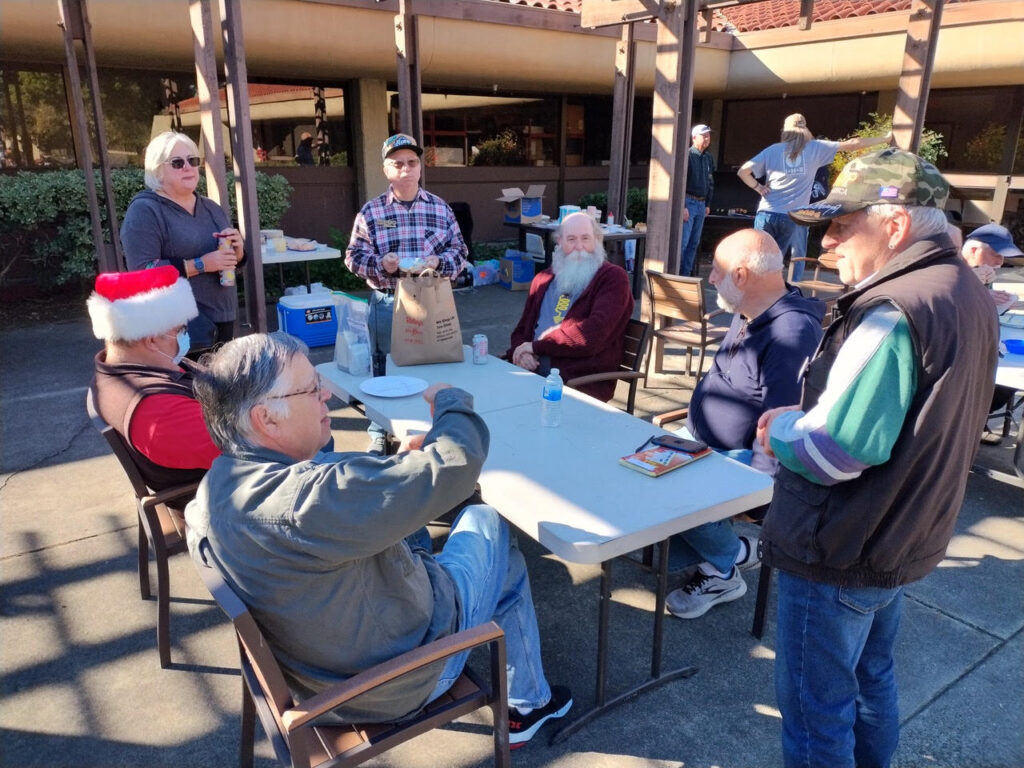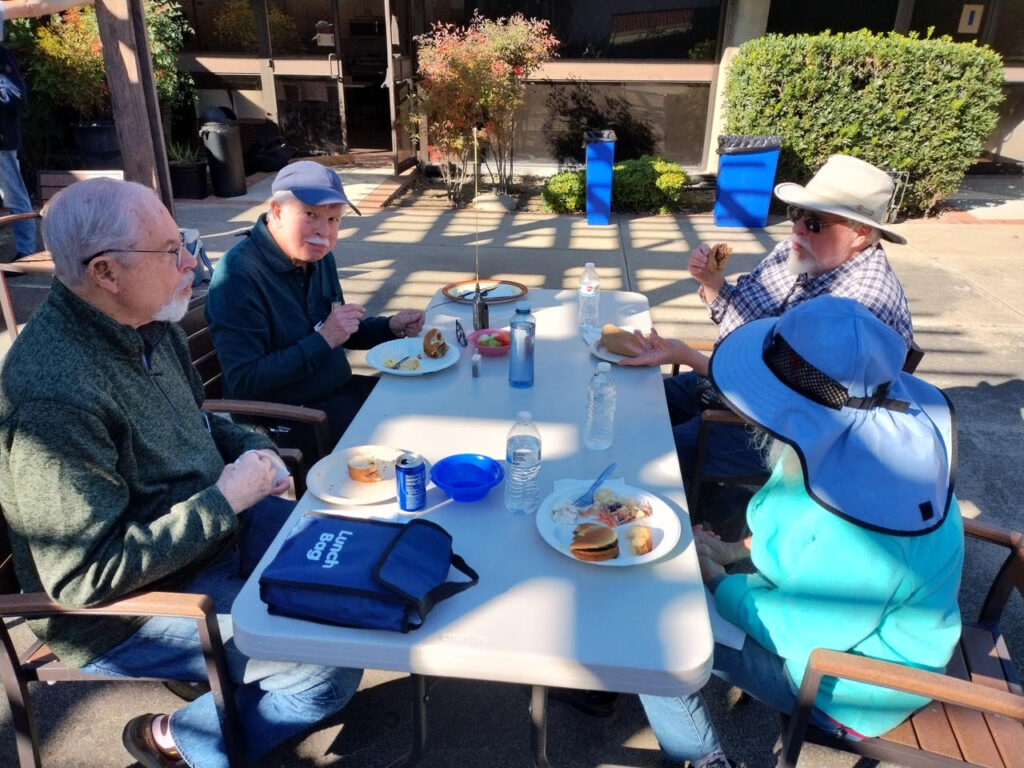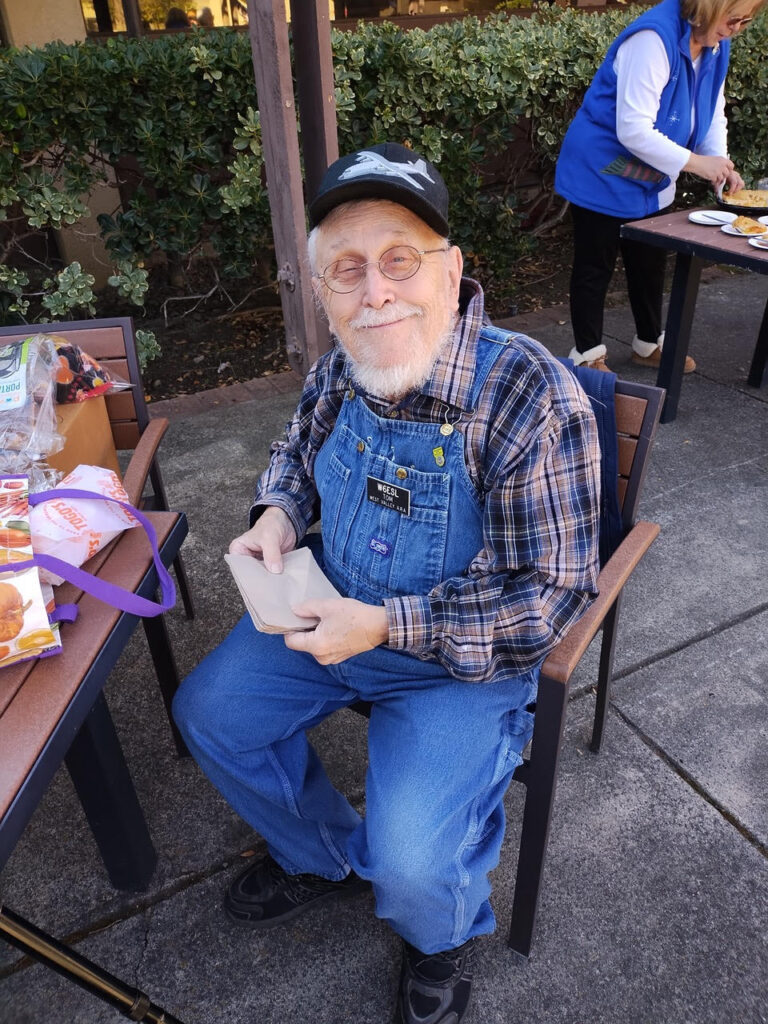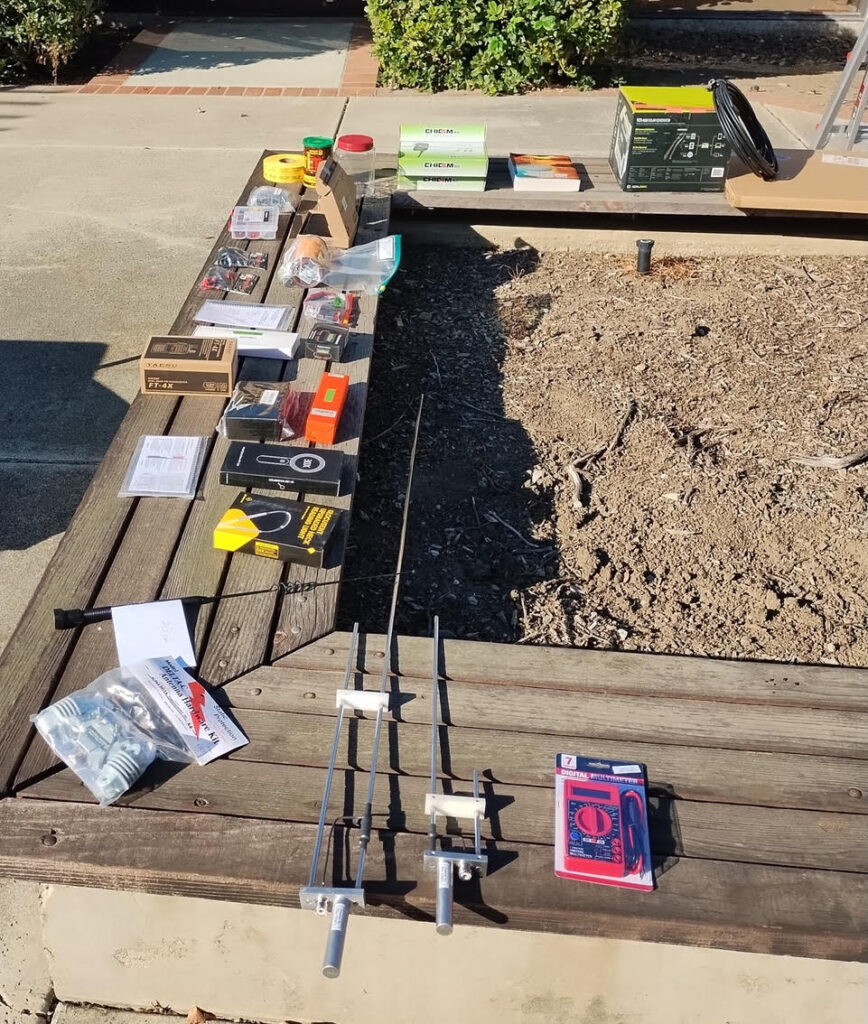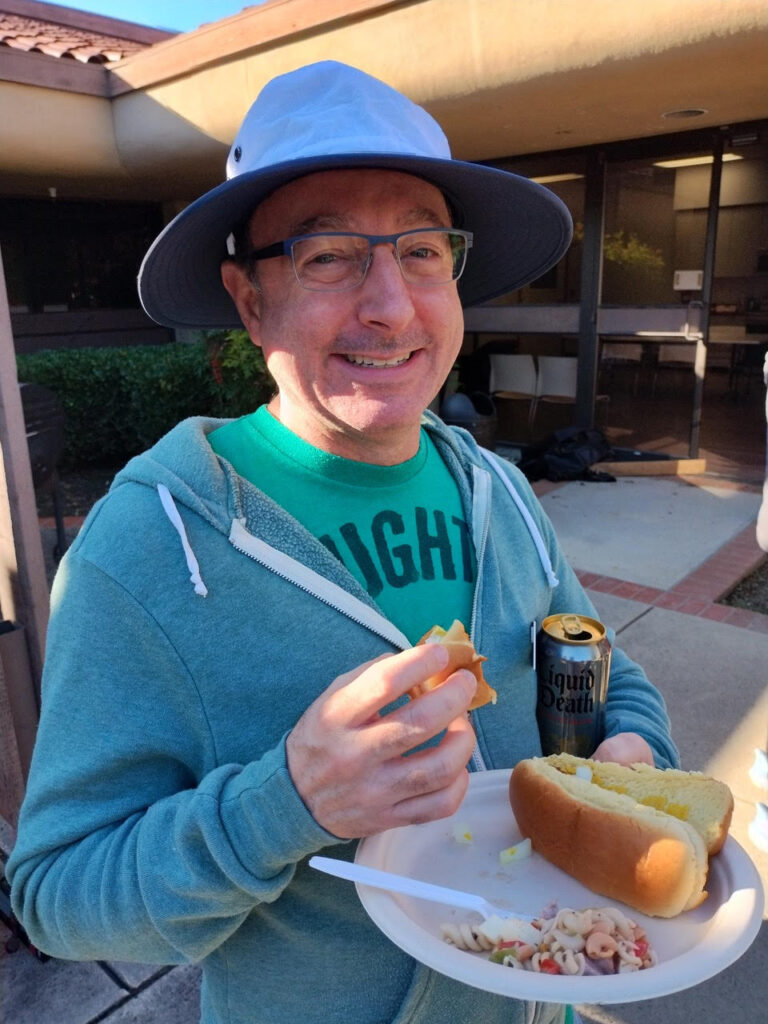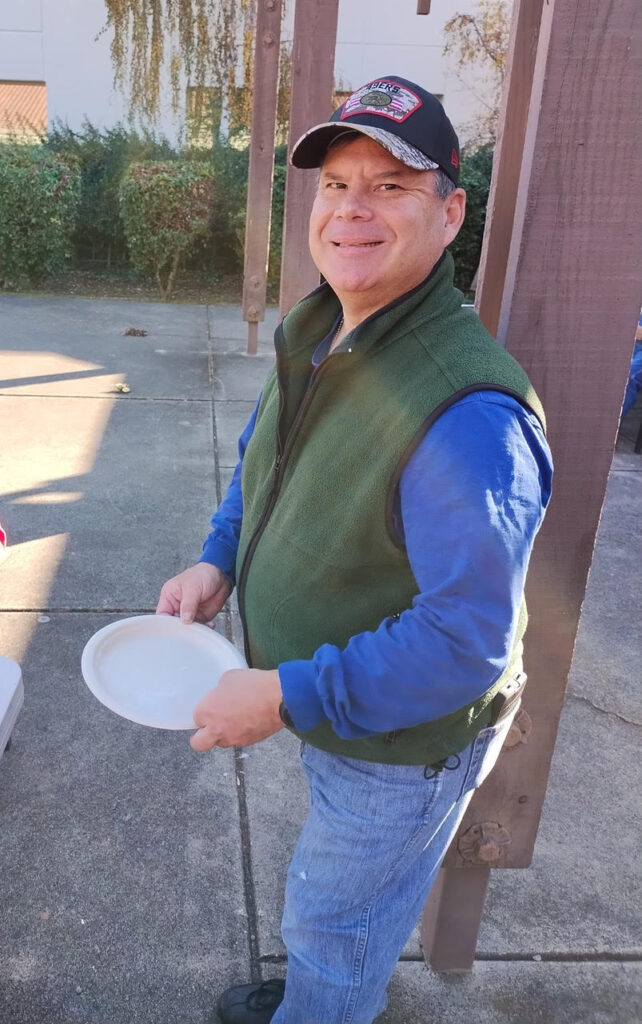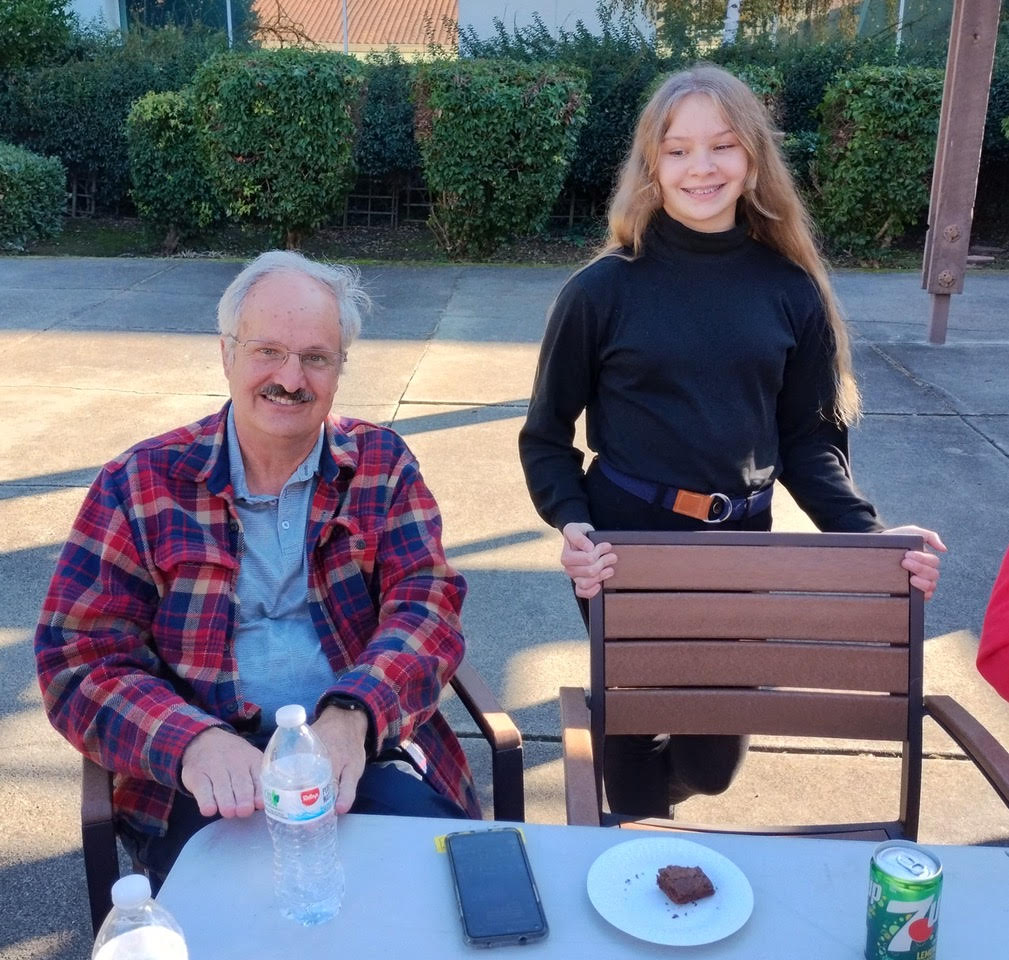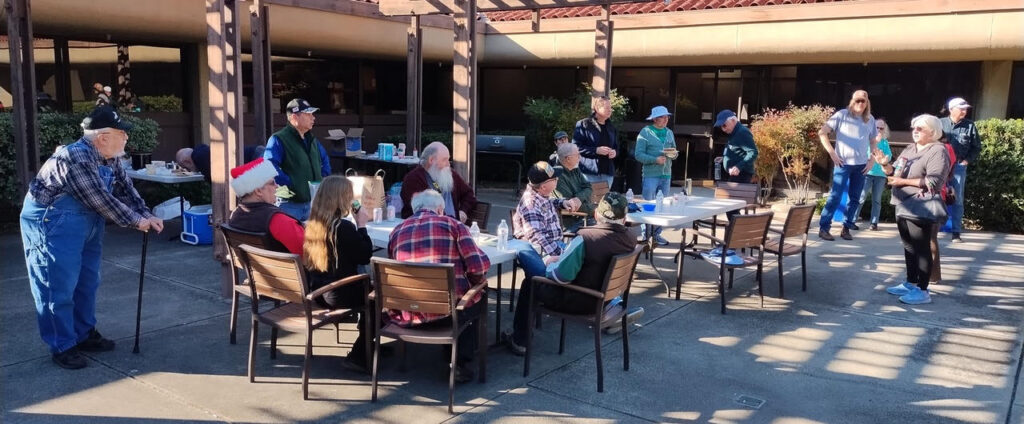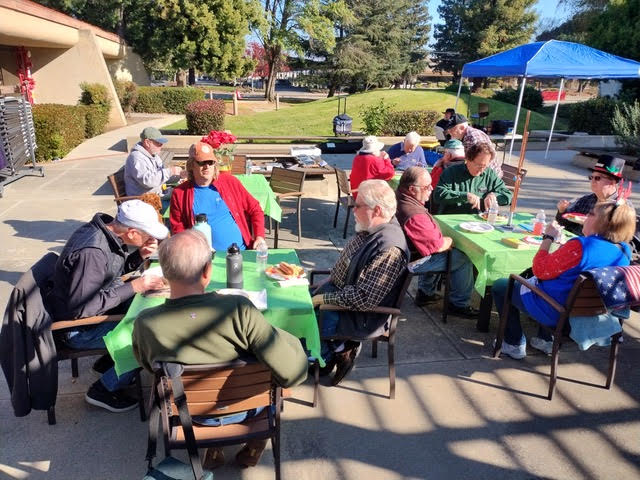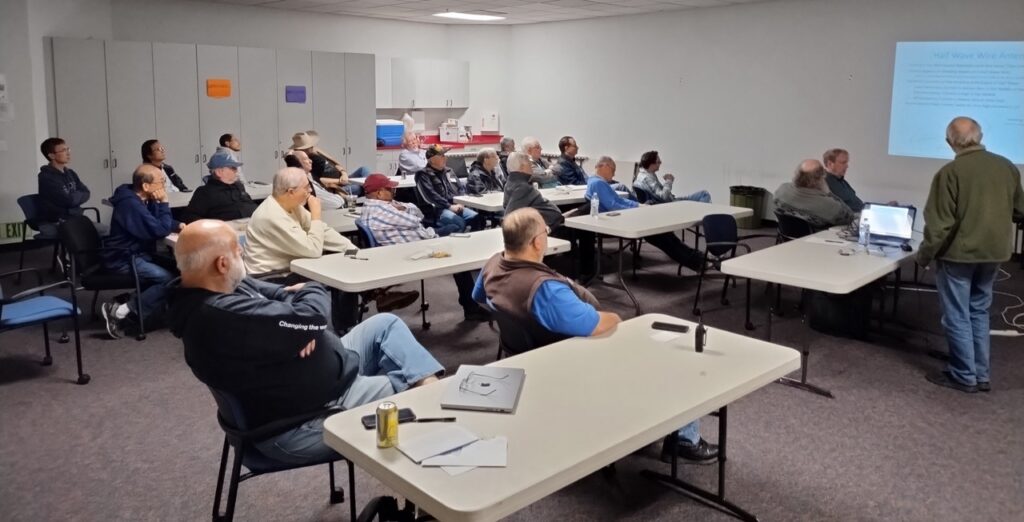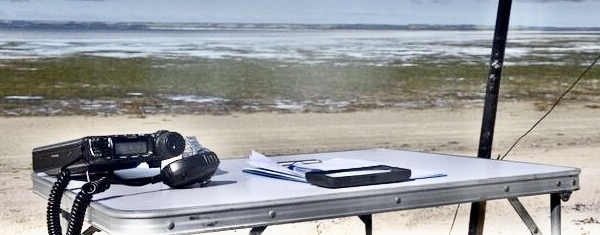Our next WVARA meeting will be held in-person on Wednesday, March 12, in Meeting Room 3 at the Silicon Valley Chapter of the American Red Cross, 2731 N. First Street at Plumeria Drive (southwest corner) in San Jose. Social time begins around 6:45pm, with the meeting commencing at 7pm. If you haven’t been to the Red Cross in a while, “talk-in” is usually available on the Association’s repeaters. Best choice would be 2m/220.
This month’s presenter will be Jim Peterson, K6EI. Anyone who has attended PACIFICON or the Visalia DX Convention in the past decade knows that Tom Schiller, N6BT, is an amazing source of information about all things related to antennas based on his many years of antenna-related work. Jim has distilled his favorite insights from a half dozen of Tom’s recent presentations and will share his favorite nuggets from Tom’s work. These are practical datapoints related to antenna performance that directly impact anyone involved in POTA, Field Day, chasing DX, or rag chewing. He’ll also show how he built a homebrew-version of Tom’s famous Bravo HF antenna using just spare parts from his shack!
BTW, several of us meet nearby for dinner prior to the meeting at 5:30pm at Disn-N-Dash (2551 N. 1st St. San Jose): https://dishdash.com. Feel free to join us.
Three things to remember:
• Since the west side entrance to the Red Cross Building is always locked, we recommend entering the Red Cross Building through the main entrance situated on the north side of the building.
• The Red Cross locks the main entrance at 7pm sharp, so please come early in order to get access to the building.
• Since Meeting Room 3 is about 100 feet from any entrance, any late comers who knock on an outside door won’t be heard from our meeting room. So please try to arrive early!

